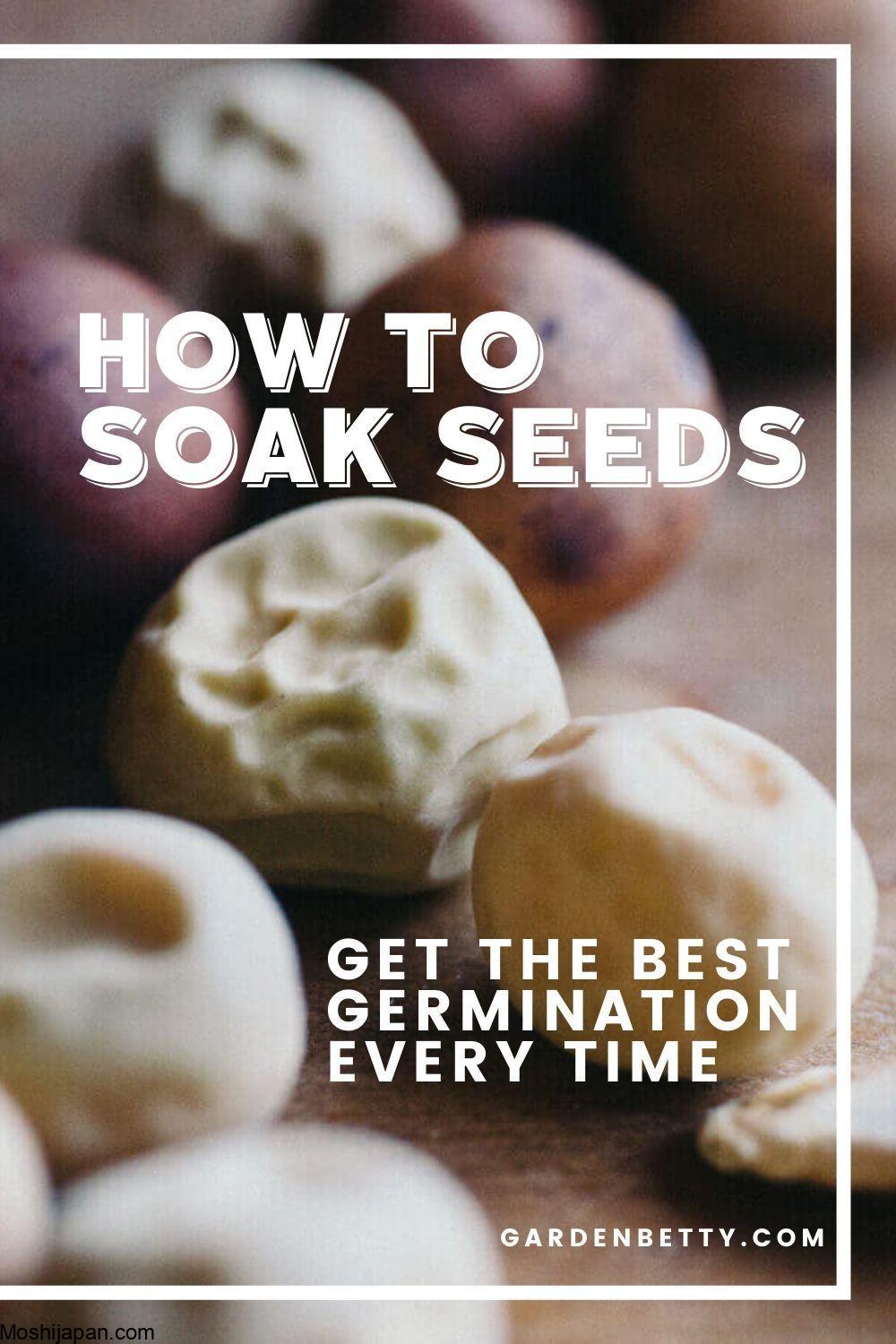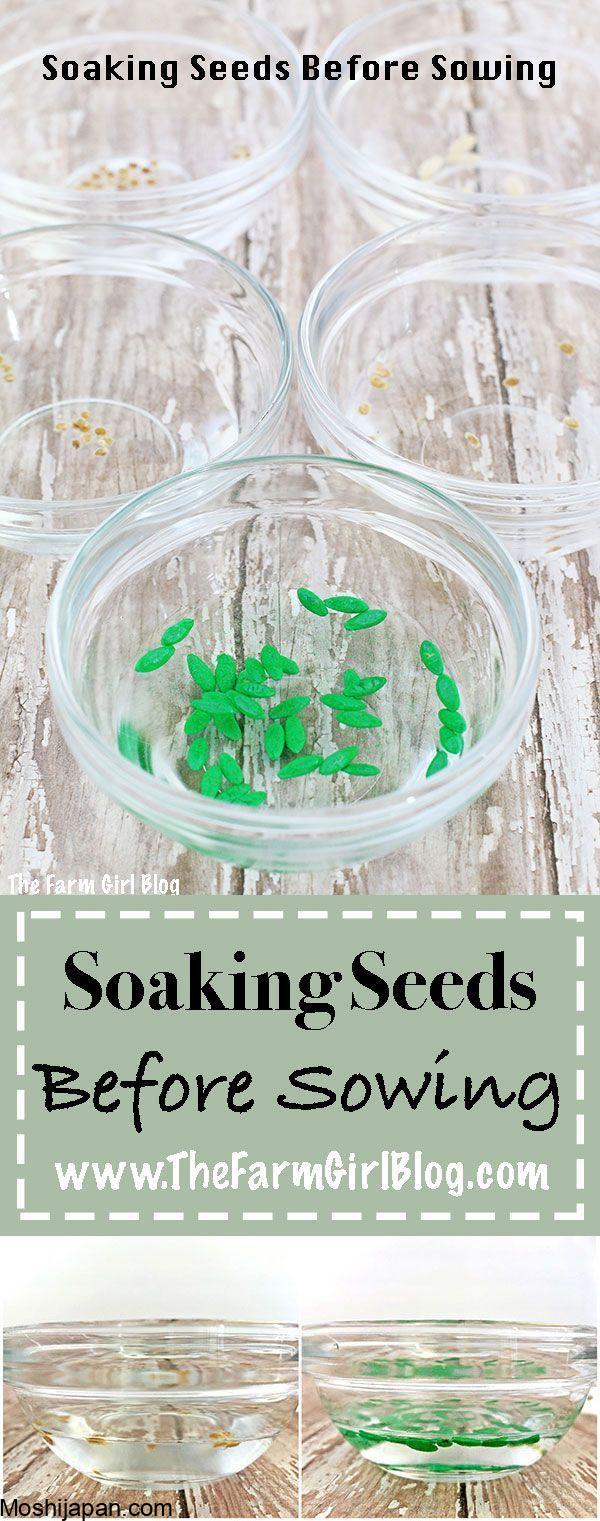How to Soak Seeds and Speed Up Germination Time
When it comes to successful gardening, one crucial step is often overlooked: seed soaking. This simple yet effective technique can significantly accelerate the germination process, giving your plants a head start towards healthy growth. In this guide, we’ll walk you through the steps on how to soak seeds and provide valuable tips to optimize germination time.
Why Seed Soaking Matters

Faster Germination
Seed soaking kickstarts the germination process by softening the seed coat and allowing water to penetrate more easily. This means quicker absorption of essential nutrients, leading to faster and more robust sprouting.
Enhanced Nutrient Uptake
Soaked seeds are better equipped to absorb nutrients from the soil. This translates to stronger, more vigorous seedlings that are better prepared for the challenges of their growing environment.
Increased Success Rates
By prepping your seeds through soaking, you’re giving them the best possible chance to thrive. This proactive approach can lead to higher germination rates, reducing the risk of failed plantings.
Steps to Soak Seeds Effectively

- Selection of Seeds: Start by choosing the seeds you wish to soak. Some varieties benefit more from soaking than others, such as those with harder seed coats.
- Clean and Prepare: Rinse the seeds thoroughly to remove any debris or residual substances. This ensures a clean start for your seeds.
- Container and Water: Place the seeds in a container and cover them with water. Use room temperature water and avoid using chlorinated tap water, as it can hinder the soaking process.
- Soaking Time: Different seeds have varying soaking times. For example, larger seeds may require longer soaking periods. Research the specific requirements of your chosen seeds for optimal results.
- Monitoring and Agitation: Periodically check on the seeds and gently agitate the water to encourage even soaking.
- Drain and Rinse: Once the soaking period is complete, drain the water and rinse the seeds thoroughly. This step helps remove any substances released during soaking.
- Planting: After soaking, proceed to plant the seeds following the recommended depth and spacing for each variety.
FAQs

Q: Can all seeds be soaked?
A: While many seeds benefit from soaking, not all varieties require it. Research the specific needs of the seeds you’re working with for the best results.
Q: How long should seeds be soaked?
A: The soaking time varies depending on the type of seed. Larger seeds generally require longer soaking periods compared to smaller ones.
Q: Can I reuse the soaking water for other seeds?
A: It’s advisable to use fresh water for each batch of seeds. Reusing soaking water may introduce unwanted pathogens or substances to the new batch.
Q: What if I accidentally over-soak the seeds?
A: Over-soaking can lead to mold or fungal growth. If this occurs, rinse the seeds thoroughly and allow them to air dry before planting.
Q: Can I soak seeds overnight?
A: Overnight soaking is suitable for many seeds, but be sure to research the specific soaking times for your chosen varieties.
Q: Should I soak seeds before every planting?
A: It’s recommended to follow soaking guidelines for each specific seed batch. Some seeds may benefit from repeated soaking, while others may not require it.
Conclusion

Mastering the art of seed soaking can significantly improve germination rates and set the stage for a thriving garden. By following these steps and considering the specific needs of your chosen seeds, you’ll be well on your way to a successful gardening experience. Happy planting!
tag
- chicken feed
- how to Keep Chickens Off Your Porch
- How to grow oyster mushrooms at home
- Growing Kale in Pots



0 Comments